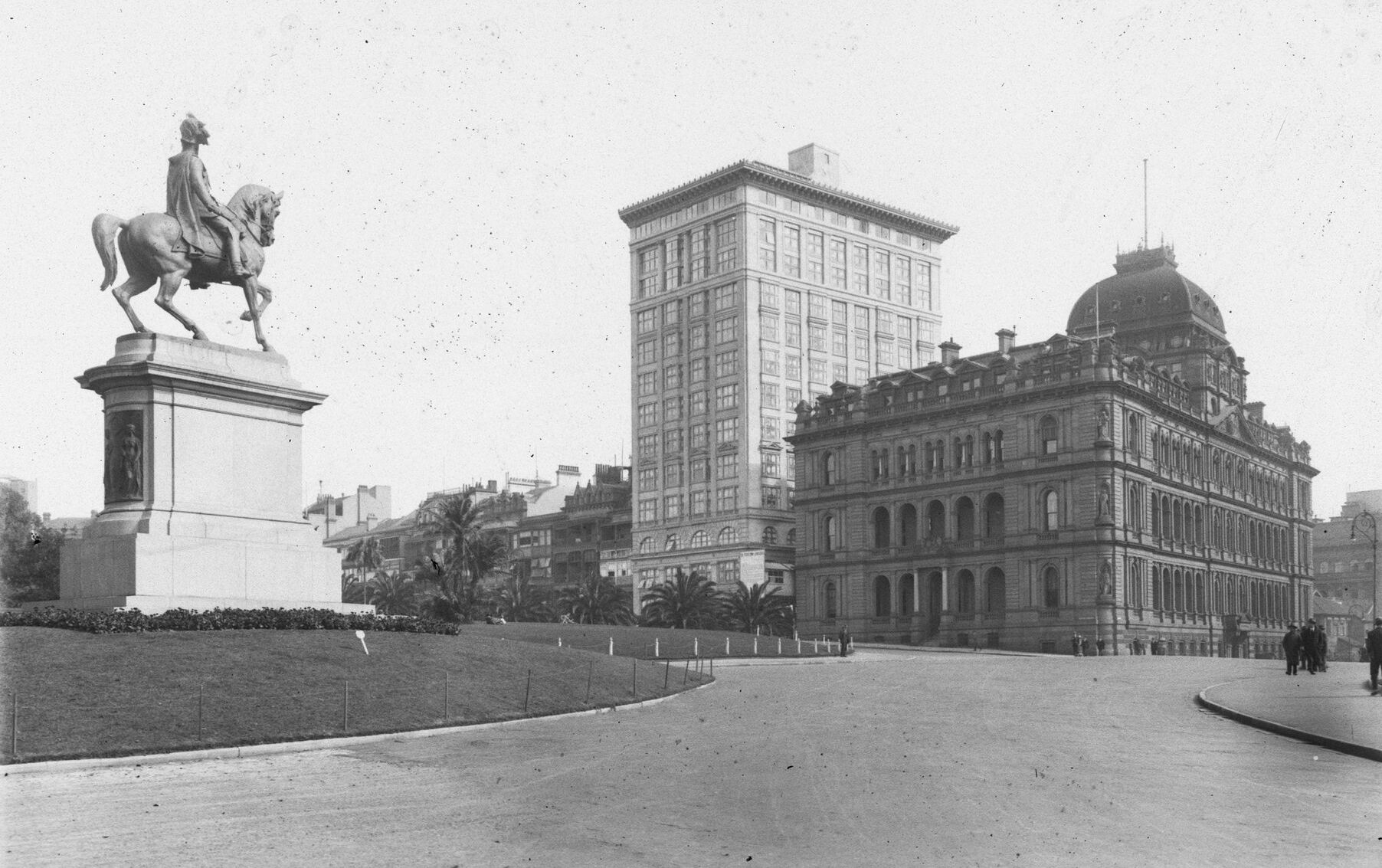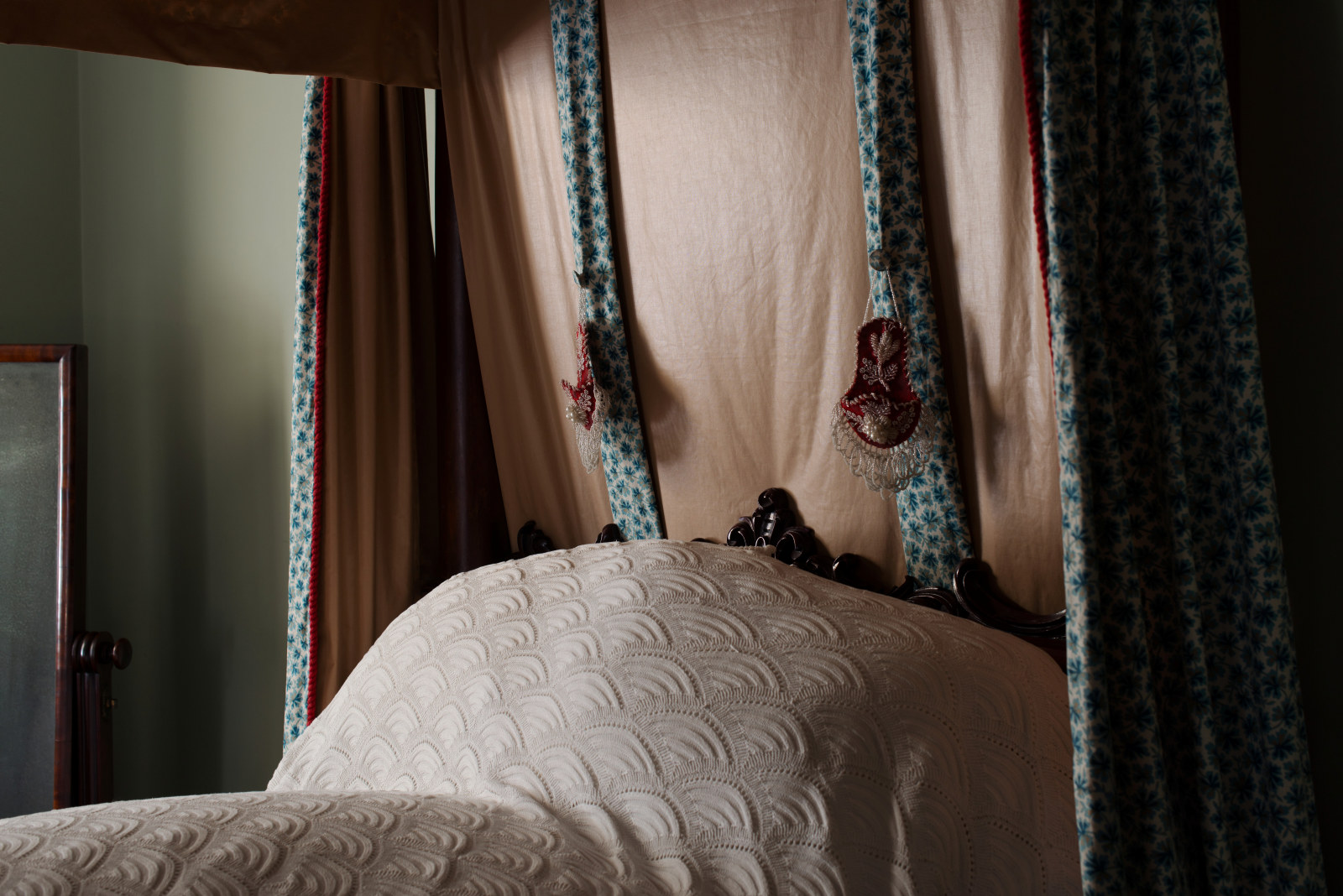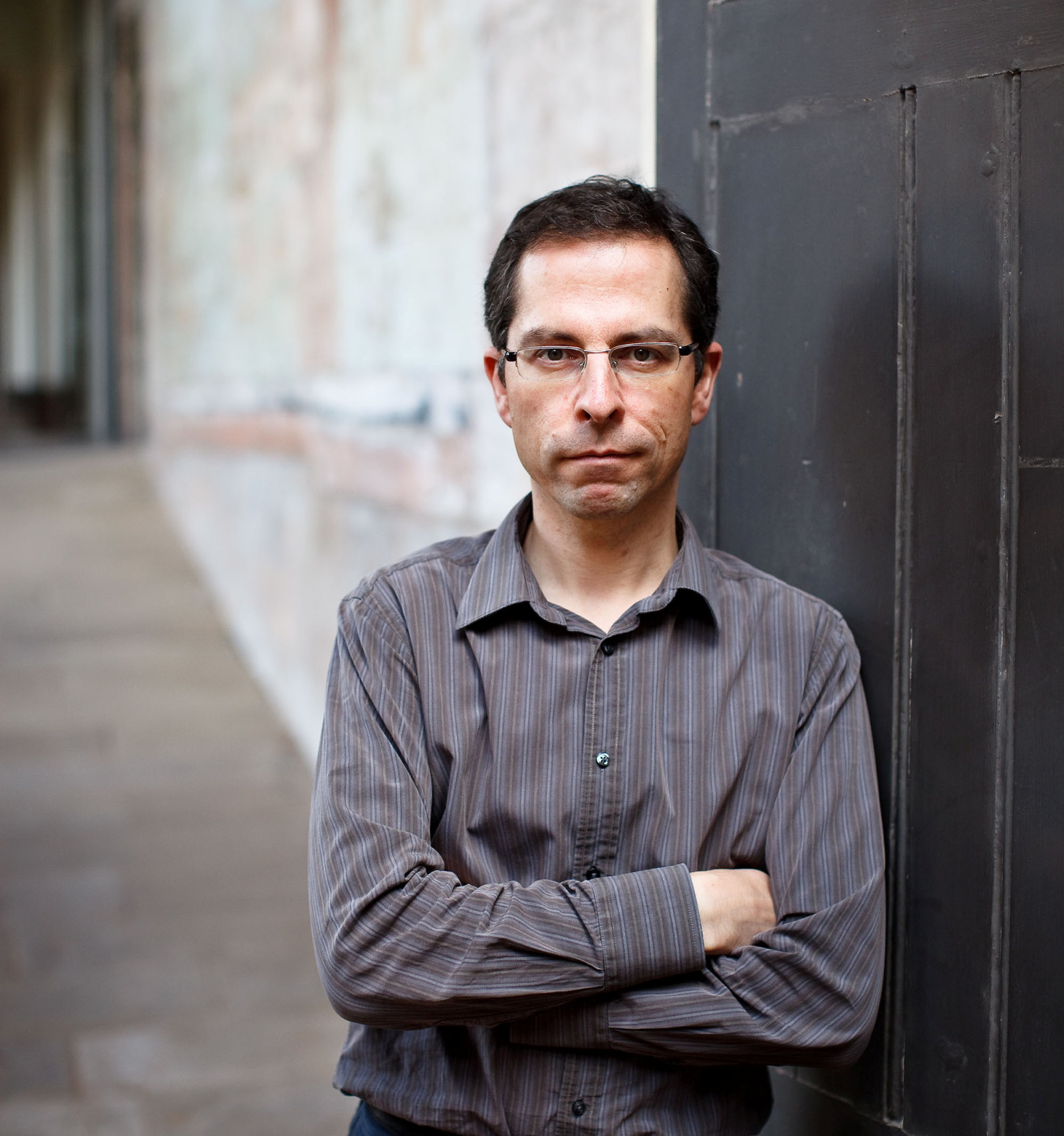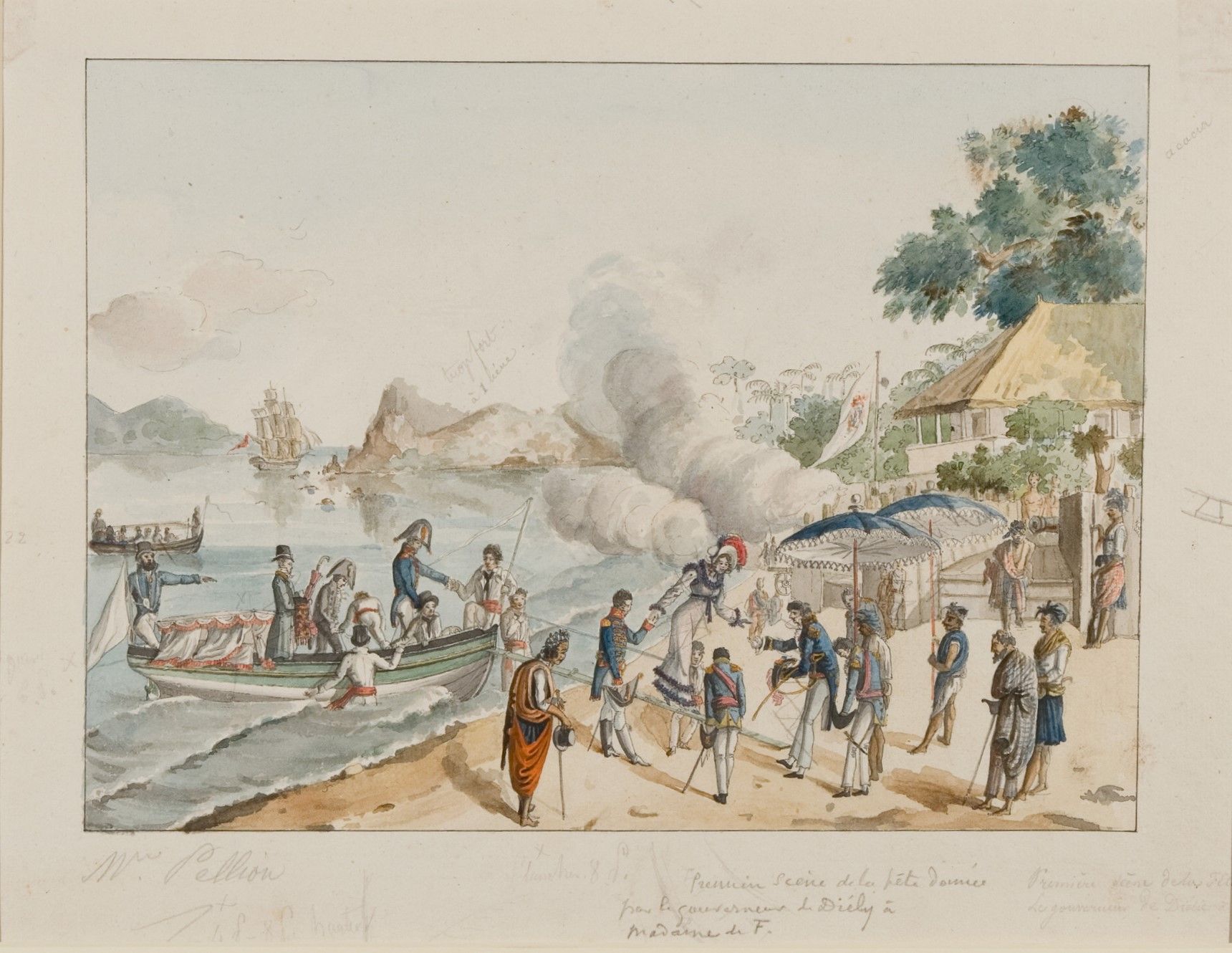Raphael Clint sundial
A bronze sundial (without base) engraved by Raphael Clint in Sydney, c1840.
As time-telling devices sundials have an ancient history but, by the middle years of the 19th century, as clocks and pocket watches became more affordable and more reliable, the role of the sundial became increasingly one of ornament - though its presence in a garden could still serve as a reminder of the passing of time and brevity of life.
The influential English garden writer John Claudius Loudon stated in his Encyclopaedia of Cottage Farm and Villa Architecture and Furniture, first published in 1833, that ‘a sundial is one of the most agreeable and useful of architectural appendages, and in this country [England] is become venerable, as a piece of garden furniture.’ In the late 1830s and early 1840s Loudon’s readers in colonial New South Wales were able to follow his advice when the engraver Raphael Clint advertised in the Sydney press that he could provide ‘logarithmic sun dials for every ten miles of the colony.’ (The Colonist 26 January 1837) Within weeks he had refined his offer, advertising sundials ‘for any five miles of the territory’ and urging their particular utility for gentlemen ‘residing or having stations in the interior’. He could provide ready calculated sundials from his stock and could also compute sundials to any particular locality.
Clint is the best known of only a few makers of sundials in mid-19th century New South Wales and a number of his sundials survive, a few in situ and others in museum collections.
Published on
Related

The Astor, 1923–2023
Upon completion in 1923, The Astor in Sydney's Macquarie Stree twas the largest reinforced concrete building in Australia, the tallest residential block, and this country’s first company title residences

City of Gods, my early experience and toy boat
Inspired by a watercolour of the ruins of the temple of Vishnu, refugee curator in residence Jagath Dheerasekara writes about Devinuvara as a site of pilgrimage, colonisation and uprising

Watch pockets
Watch pockets hung on the head cloth of a four-post bedstead and originally served in place of bedside tables, which were uncommon in the 19th century

